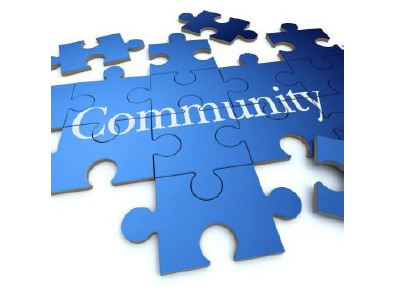Cerebral palsy (CP) is the most common cause of physical disability in children, impacting approximately 1 in 500 young Australians and 2-3 in 1,000 young Americans. Most of these children live to within five years of a typical lifespan, depending on the severity of the disorder. However, after age 21 when they exit the school systems, the availability and accessibility of formalized support services significantly declines for most individuals.. There is a paucity of evidence related to health outcomes and quality of life (QoL) for individuals with CP after eighteen years of age but some evidence does suggest this gap in services when transitioning to adulthood can have a significant impact on health outcomes and QoL . Determining the degree to which adults with CP are integrated into their communities is a key to developing successful interventions as individuals and families look for involvement in the community to improve QoL when employment and education opportunities are limited. Presently, it is unknown as to which community activities adults with CP engage, where they are participating, what resources they are accessing, and what barriers they are facing. This proposal aims to utilize GPS and GIS information linked with physical activity data to compare community integration in a cohort of adults with cerebral palsy across two hemispheres with differing national healthcare systems. These two teams of experienced investigators bring diverse expertise to this project and all share the same passion to overcome the historical lack of services for this population and to develop efficacious interventions to improve health outcomes and QoL The results will inform providers in both countries about the real-time intensity and contexts of activity that define community integration and help to identify key barriers and facilitators to integration, with the ultimate goal of improving quality of life for adults with CP. In our cohort of adults who are 18-65 years, classified in GMFCS Levels I-III (n=180) we will: (1) utilize GPS and GIS mapping to measure community integration and describe the locations, activities and resources important in integration for adults with CP. (2) examine the relationship between community integration measures and individual factors of current function related to impairments and mobility, service provision, and employment status. (3) examine the relationship between community integration measures and environmental factors of accessibility to community resources and population density, and describe barriers to resources and services from the perspective of adults with CP.

Contact Person
Debbie Thorpe, PT, PhD dthorpe@med.unc.dedu, 919-843-8679
Investigators and Key Personnel
Deborah Thorpe, PT, PhD Dara Chan, ScD, CRC Roslyn Boyd, PT, PhD Stuart Trost, PhD Glen Lichtwark, PhD Lee Barber, PhD Nancy Bagatell, PhD, OTR/L Richard Faldowski, PhD
Primary Funding Source
Administration for Children, Youth and Families
Comments:
Funded through Research Foundation of the Cerebral Palsy Alliance.
